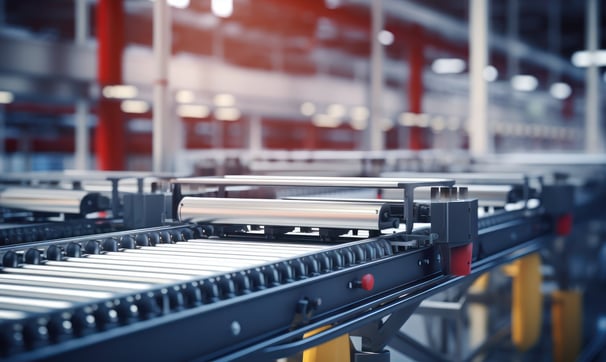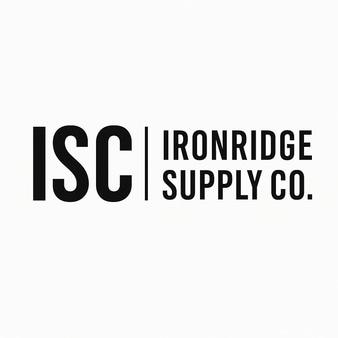Signs Your Conveyor Belt Needs Replacing—Before It Breaks
CONVEYOR SYSTEM


A failed conveyor belt isn’t just an inconvenience—it’s a production-halting, schedule-derailing, budget-breaking nightmare. Whether in food processing, logistics, manufacturing, or packaging, your conveyor system is the heartbeat of operations. Catching signs of wear before a breakdown can save thousands in downtime and repairs.
Why Conveyor Belts Fail—And Why Timing Matters
Most conveyor belts don’t snap without warning. They degrade slowly due to daily wear and tear. The key is spotting degradation early—and acting before it escalates into a complete failure.
Common causes of premature belt failure include:
Misalignment
Material buildup
Pulley wear
Incorrect tension
Overloading
Age and material fatigue
Waiting for a belt to fail costs far more than proactive replacement. In fact, many plants adopt a preventive maintenance strategy that schedules belt replacements before expected failure windows.
7 Warning Signs It’s Time to Replace Your Belt
1. Cracking or Surface Fraying
If the belt surface or edges show cracking, fraying, or separation between layers, it’s losing structural integrity. This is especially important for multi-ply belts.
2. Slipping or Belt Mistracking
A belt that constantly drifts off-track, despite proper alignment, may be stretched or unevenly worn.
3. Uneven Wear or Glossy Spots
Flat spots or polished patches indicate localized friction—often due to misaligned rollers or faulty pulleys.
4. Abnormal Noise
Squeaking, grinding, or slapping sounds are signs that a belt is misaligned, too tight, or wearing unevenly.
5. Material Carryback or Belt Buildup
Excess material buildup on the belt can lead to faster wear. If your belt isn’t shedding debris properly, surface wear accelerates.
6. Belt Softness or Brittleness
Feel the belt: if it’s become too soft, spongy, or brittle (especially on rubber belts), chemical or heat degradation may be present.
7. Frequent Manual Adjustments
If your maintenance team is constantly tightening, cleaning, or realigning the belt, it’s nearing the end of its useful life.
Maintenance Checklist: Spot Issues Before They Start
✅ Inspect the belt surface for cuts, gouges, or hardening
✅ Check belt tension weekly
✅ Examine pulleys and idlers for buildup or wobble
✅ Confirm correct belt tracking alignment
✅ Monitor noise levels during operation
✅ Check for consistent speed and slippage
✅ Lubricate moving parts per manufacturer guidelines
Replacement Belt Types Available at Ironridge Supply Co.
We carry a wide range of replacement belts, including:
1. PVC Conveyor Belts
Ideal for general handling and food-grade applications
Resistant to oil and chemicals
Available in smooth and rough top styles
2. Rubber Conveyor Belts
Great for heavy-duty use (mining, recycling, aggregates)
Excellent grip and abrasion resistance
3. Modular Plastic Belts
Snap-together design for easy replacement
Best for washdown environments and curved conveyors
4. Wire Mesh Belts
High-temperature tolerance
Perfect for baking, drying, or heat-treating applications
5. Urethane Timing Belts
Precise movement with high tensile strength
Ideal for automated manufacturing lines
Need a custom cut or specialty coating? Our team can supply belts made to fit your exact specs.
Conclusion
Replacing a worn conveyor belt before it fails is an investment in uptime, safety, and cost control. With a trained eye and a proactive maintenance checklist, your team can catch issues early—and keep operations running smoothly.
At Ironridge Supply Co., we stock belts for every major conveyor brand and application. Whether you need a simple PVC flat belt or a custom high-heat model, our team will make sure you get the right solution fast.
📋 Download Our Free Belt Inspection Checklist. Download
📞 Need Help Identifying a Replacement Belt? Contact Our Support Team
